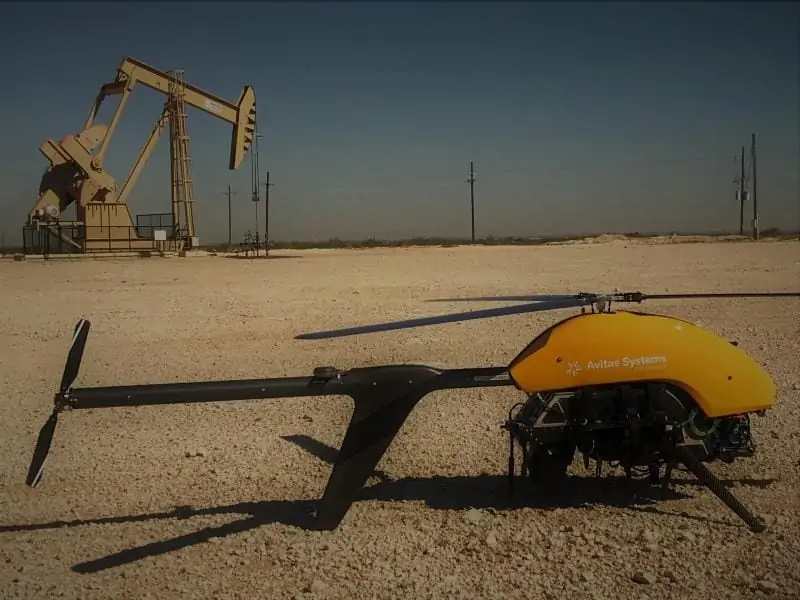Avitas Systems has announced that it has received Federal Aviation Administration (FAA) approval to fly an unmanned aerial system (UAS) beyond visual line of sight (BVLOS) in Loving County, Texas. The permission authorizes Avitas Systems to fly a UAS over 55 pounds at low altitudes without a visual observer for industrial inspection; it is the first FAA-approved civil use of BVLOS with radar.
“Being the first FAA-approved civil use of BVLOS with radar is a significant achievement for Avitas Systems and our customers,” said Brad Tomer, Interim CEO for Avitas Systems. “Using a technology-centric and collaborative approach is what drives our ability to transform industrial operations and provide safer and more efficient services. We worked closely with Shell Oil Company for the use case, location, and to show how this technology can improve industrial operational efficiency and safety. The FAA provided the necessary feedback to enable our team to design a system that safely meets the aviation regulatory requirements. And, we had system design, safety, test, analysis, and validation support from AiRXOS, also a GE venture company.”
Currently, regulations require UAS to stay within range of the pilot’s vision. The FAA’s permission allows Avitas Systems to use a radar system and enhanced operational procedures to provide an equivalent level of safety. The extended range of BVLOS operations allows for safer, and more efficient monitoring of critical industrial infrastructure, including well pads separated by rough terrain in the Permian Basin in West Texas. Better turnaround of inspection data leads to cost efficiency and faster facility repairs, compared to traditional methods such as driving to each individual inspection site. When the Avitas Systems technology is combined with advanced analytics, it enables more accurate and efficient monitoring/detection and repair of leaks. It also reduces road safety-related risks by minimizing the number of miles driven each day.
“Drones are already an integral part of Shell’s digital operations, with missions flown daily across our global footprint,” said Bruce Culpepper, U.S. Country Chair for Shell. “Now, with the FAA’s approval and with the assistance of Avitas Systems, we can fly over a larger area of our Permian Basin operations to conduct aerial monitoring of our oil and gas infrastructure. This includes leak detection and data gathering needed to make more efficient operational decisions, which will result in improved environmental performance with less strain on road infrastructure in the Permian Basin. This is a tremendous achievement made possible through collaboration with the FAA, GE, Avitas Systems, and Shell, and represents the future of drone-based surveillance technology in the U.S. Unconventionals fields of the future.”
BVLOS flight enables data collection in difficult, hard-to-reach places, keeping inspectors out of harm’s way. Avitas Systems integrates pilot-in-the-loop safety measures, using trailer-mounted radar, to ensure enhanced situational awareness during flights. The UAS use robust data links, so their sensors upload live streams of inspection data in real time to the Avitas Systems Platform for review and analysis while safely controlling the flight operation.
“We received the FAA’s permission due to our systematic approach of using airspace management with a unique combination of proven UAS radar and communications technologies, which demonstrate that safety is our top priority,” said Michael Clatworthy, Director of Flight Operations for Avitas Systems. “This is the first step in our approach to larger-scale BVLOS inspection operations.”
Avitas Systems filed its petition for a grant of exemption pursuant to Section 2210 of the FAA Extension, Safety, and Security Act of 2016 and Section 333 of the FAA Modernization and Reform Act of 2012, with the support of AiRXOS, specializing in enabling advanced UAS operations, and Shell Air Transport – Americas.



















